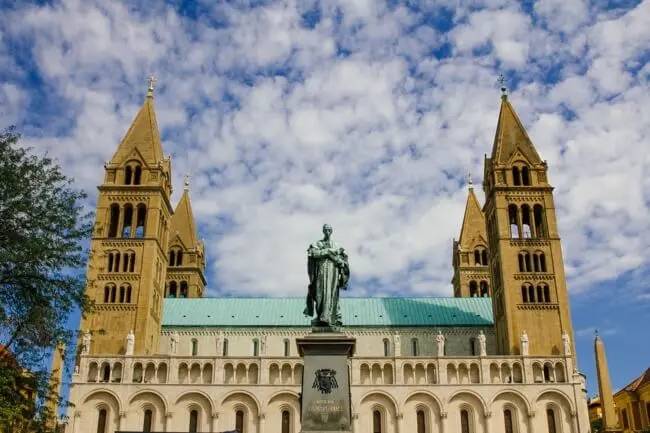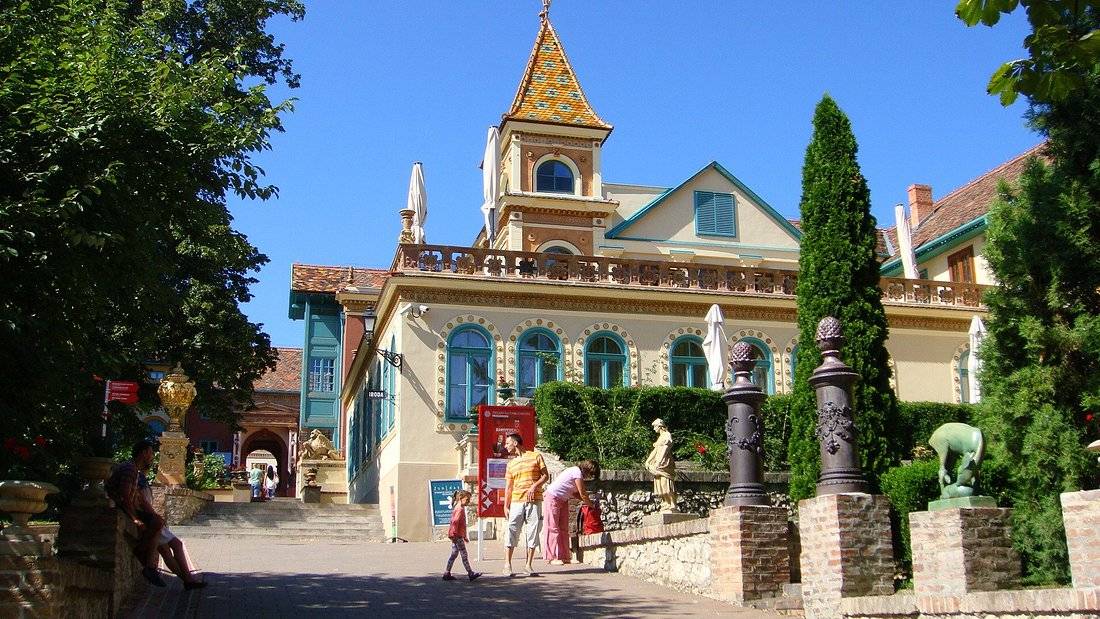Kasim Pasha Mosque
Pécs is beloved by tourists for its well-preserved Ottoman-era architecture. Among them, the Kasim Pasha Mosque on Széchenyi Square is one of the most famous relics, which was later converted into a Christian church. Another must-visit site is the Yakovali Hassan Pasha Mosque, which preserves the most intact parts of Hungary's Islamic ancient architecture. To this day, local Muslims still visit during Ramadan.
Zsolnay Cultural Quarter
In 2010, Pécs was awarded the title of 'European Capital of Culture'. To celebrate this honor, the old factory and surrounding grounds of the Zsolnay family were renovated, and a new experience center was added. This allows visitors to gain a more comprehensive understanding of the city's history and culture.
Széchenyi Square
Széchenyi Square is located in the city center of Pécs, a southern city in Hungary, and is named after the Hungarian poet István Széchenyi. The square preserves many buildings from the Ottoman Turkish period, the most famous of which is the Pasha Qasim Mosque. However, after Hungary's independence, this mosque was not destroyed but was converted into a Christian church. The square also features the Holy Trinity Statue and the Hunyadi Statue, and is surrounded by buildings such as the county government and the city hall.
Bishop's Palace
In the 15th century, a bastion was built as part of the defensive system of the Pécs Palace. Today, it is open to visitors for tours. Standing on the stone walls of the bastion, one can overlook the Bishop's Palace and see the towering City Hall through the windows. On the balcony to the west of the Bishop's Palace, there is a statue of Hungary's great musician Liszt. In 1846, he was invited by the bishop to Pécs, where he composed a piece and formed an inseparable bond with the city. The bronze relief on the cathedral's main door depicts stories from the Old Testament of the Bible: the legend of the Tower of Babel, which aims to explain why there are different languages and races in the world.









